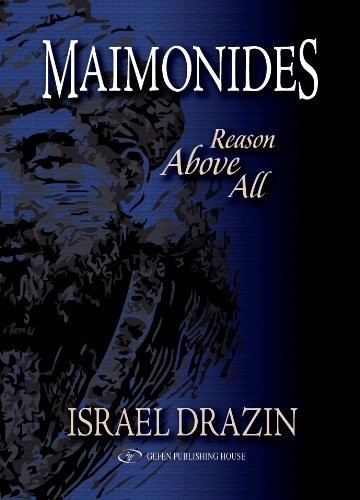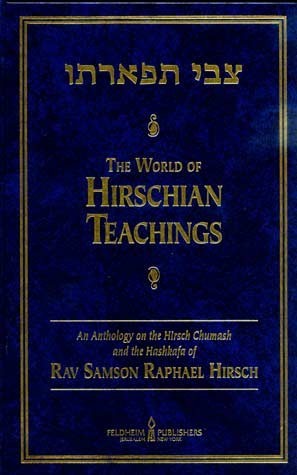The Kosher Bookworm: Three legacies that live on
There are some personalities whose legacies pass on from generation to generation. Among those who are in this category are three luminaries whose yahrtzeits occur within the next two weeks and whose works represent a substantial percentage of the Jewish theological literature in our time.
This coming Monday is the yahrtzeit of Maimonides; Friday is that of the Baal HaTanya, and next Monday is that of Rabbi Samson Raphael Hirsch. Just go into any Jewish bookstore and you will immediately note their literary presence in the categories of halachah, hashkafah and kabbalah. Each in his own time and in his respective fields of study proved to have a longevity that defies time itself. Many of their contemporaries may have been somewhat more dominant in their time, but over the long run, these three gentlemen were to have the last word.
Among the major interpreters of the Maimonides legacy today are two unique individuals whose works reflect their diverse interests and intellectual talents. Dr. Menachem Kellner’s resume runs close to 13 pages and includes just about every major facet of Jewish intellectual discipline. His focus upon Maimonides is predominant and many of his works about Maimonides have a place of honor in my personal library. Kellner’s daring take on Maimonides’ position on mysticism, reflected most sharply in two works, “Maimonides’ Confrontation With Mysticism” [Littman Library 2006] and “Must A Jew Believe Anything” [Littman Library, second edition, 2008], cut into Rambam’s theological differences with his contemporaries as he challenged those aspects of Jewish religious thought that he deemed to be antithetical to Torah-centered Judaism. I cite these two works in particular, because to the average layperson, these works will represent a good introduction. Kellner, a professor of Jewish Thought at Haifa University, has a very engaging and user-friendly style rarely seen among academics today. He has the unique ability to parse the most complicated ideas and concepts to enable the reader to comprehend his point of view.

 63.0°,
A Few Clouds and Breezy
63.0°,
A Few Clouds and Breezy 











